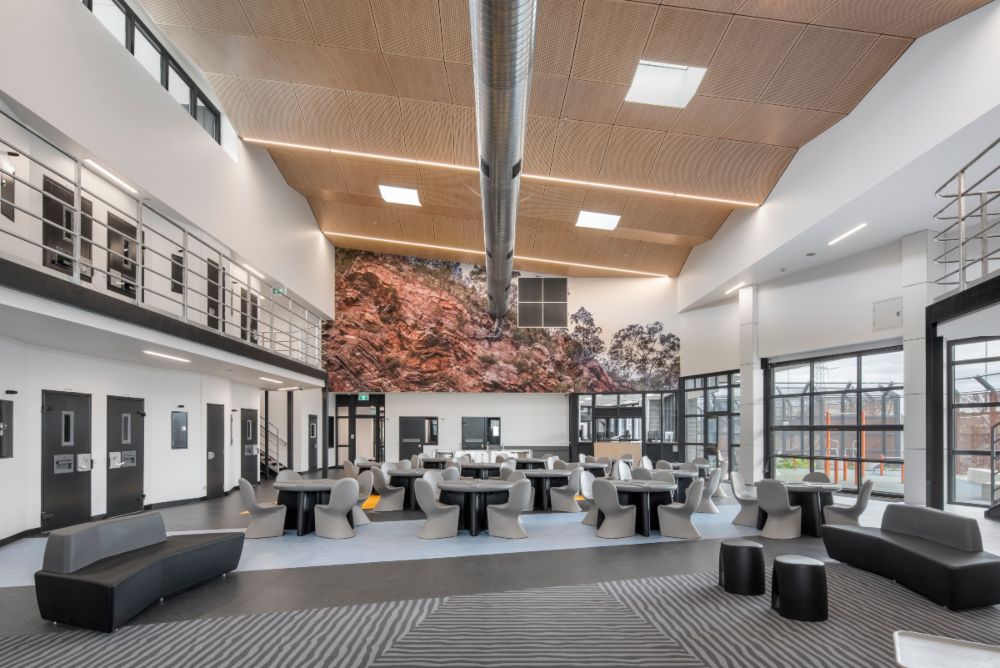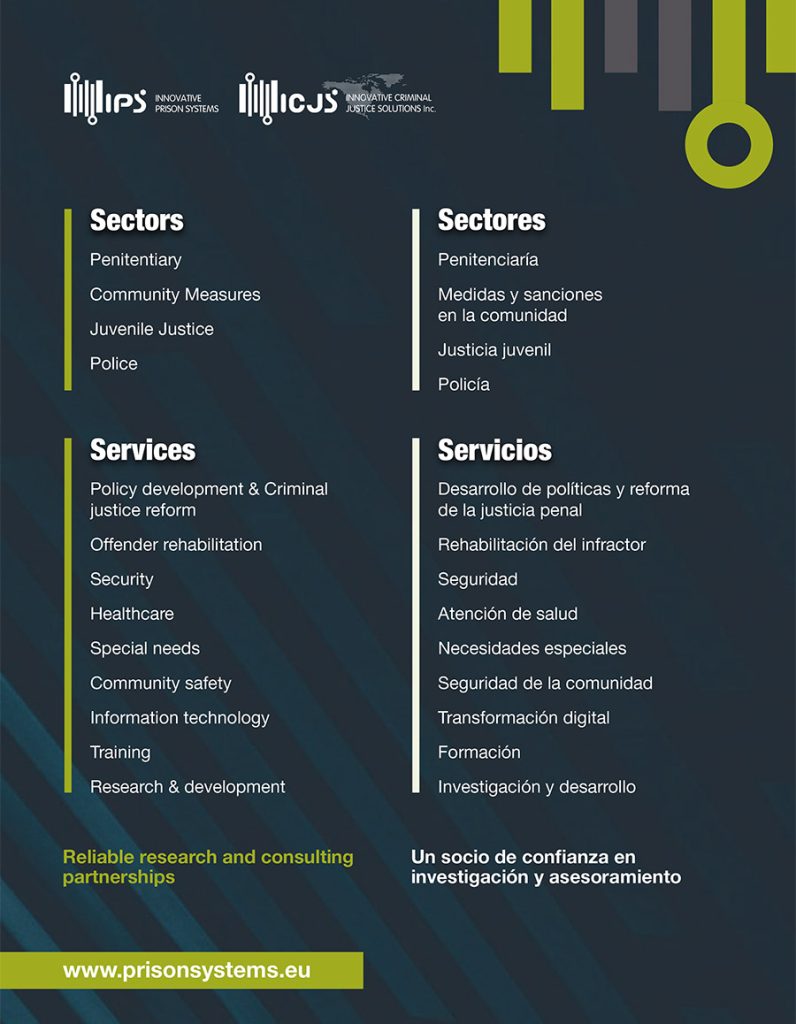The architecture of correctional facilities plays a critical role in shaping the behaviour of both individuals serving sentences and correctional professionals. A well-planned prison is more than a secure environment – it is a space that influences rehabilitation, promotes safety, and fosters efficiency in daily operations. The impact of design on behaviour has been extensively studied, and it is clear that thoughtful architectural choices can enhance security, reduce tensions, and improve overall outcomes for incarcerated persons and staff alike.
Security is, of course, paramount in any correctional facility. However, beyond high walls and secure perimeters, the internal layout of a prison must support rehabilitation and personal development. Facilities that include well planned designated spaces for education, vocational training, work programmes, and therapeutic interventions create an environment where individuals are more likely to engage in meaningful activities, contributing to reducing recidivism and increasing public safety in the long term.
A well-designed prison does not only benefit those serving sentences. Correctional professionals who work in these environments spend significant portions of their lives inside these institutions. Poorly designed facilities lead to stressful working conditions, security risks, and operational inefficiencies. By considering staff needs – such as natural lighting, adequate break areas, and efficient layouts – prison
architecture can contribute to a safer, more effective work environment.
When designing correctional facilities, we are making decisions that will shape the future for the next 20 to 50 years, if not longer. Infrastructure investments must be future-proof, considering technological advancements and evolving correctional policies.
The integration of smart technologies, sustainable energy solutions, and adaptable spaces ensures that facilities remain relevant and effective in the decades to come. To achieve this, it is crucial to involve a diverse range of stakeholders – prison administrators, policymakers, architects, correctional officers, technology experts, rehabilitation experts, formerly incarcerated individuals and community representatives – to provide insights into the needs and challenges that must be addressed.
Alternative financing and operation models involving the private sector through Public-Private Partnerships (PPPs), can play a vital role in the development of modern correctional facilities. These models enable governments to leverage private investment and expertise to construct, maintain, and operate prisons while ensuring high standards of service delivery. By implementing well-structured PPP agreements, correctional facilities can benefit from innovative solutions, improved efficiency, and long-term cost savings. However, transparency, accountability, and adherence to human rights principles must be at the core of any such arrangement to ensure that private sector involvement serves the public interest effectively.
In this edition of JUSTICE TRENDS Magazine, you will gain access to interviews with decision-makers, case studies, and thought-provoking articles from renowned correctional experts. These insights will showcase good and promising practices, highlighting how infrastructure can be leveraged as a tool for security, rehabilitation, and efficiency.
We encourage you to take full advantage of this edition and to revisit previous editions of the JUSTICE TRENDS Magazine for a broader perspective on global correctional advancements. By learning from
successful models and forward-thinking strategies, we can collectively contribute to the development of correctional facilities that serve society’s needs while upholding the principles of dignity, security, and
rehabilitation.
The future of correctional facilities is being shaped today – let us make sure it is a future worth investing in.
Pedro das Neves
CEO IPS_Innovative Prison Systems
Director of the JUSTICE TRENDS Magazine



